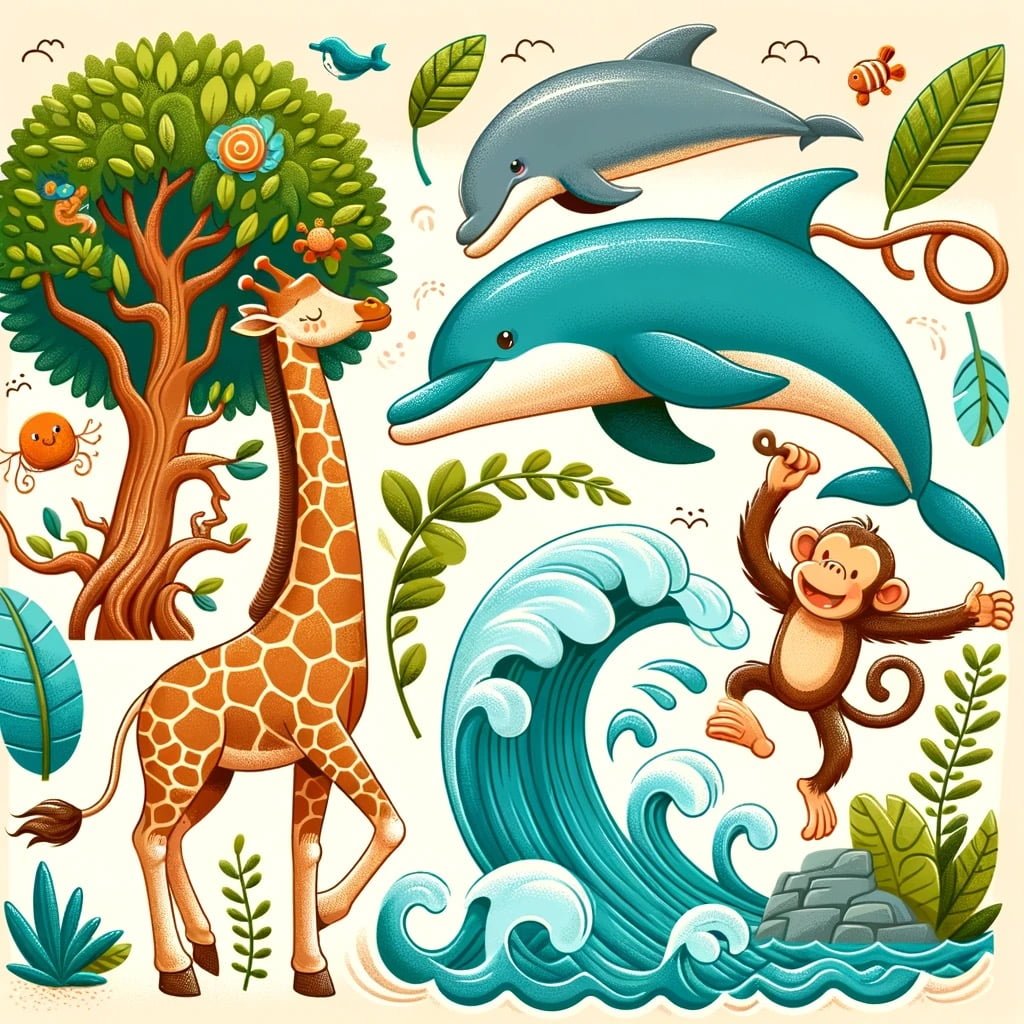Welcome to a captivating exploration of Giraffe Facts For Kids! Dive into the enchanting world of these majestic creatures and unlock a treasure trove of fascinating information that will leave you in awe. From the tallest babies on Earth to their unique adaptations for survival, giraffes are truly fascinating animals that captivate the imagination of both kids and adults. Embark on an exciting journey as we uncover fun facts about giraffes that showcase their agility, grace, and unparalleled beauty. Join us as we delve into the intriguing world of giraffes and witness the wonder of these gentle giants in all their splendor. Get ready to be amazed and inspired by the incredible adaptations and survival strategies that make giraffes one of nature’s greatest wonders!
Giraffe Facts For Kids
1. Giraffes Have the Tallest Babies On Earth

For younger kids: Giraffe babies are born as tall as a grown-up person!
For older kids: Giraffe calves are born at a height of around 6 feet (1.8 meters), making them the tallest babies in the animal kingdom.
Detailed explanation:Giraffes are truly fascinating creatures, and one of the most interesting and unique facts about them is that they have the tallest babies on Earth. When a giraffe gives birth, its baby, also known as a calf, comes into the world already towering over most other animals. In fact, a baby giraffe can be up to six feet tall at birth! This impressive height is due to the fact that giraffes are the tallest land animals in the world, so it makes sense that their offspring would also be exceptionally tall from the moment they are born.
Giraffes give birth while standing up, which means that the baby giraffe has quite a significant drop to the ground when it enters the world. Despite this potentially jarring start, baby giraffes are typically up on their feet and moving around within hours of being born. This ability to quickly adapt to their new environment is essential for their survival in the wild.
Giraffe calves are born with all of the characteristics that make adult giraffes so unique, including their long necks and legs, as well as their distinctive spotted coat. These features not only help giraffes blend in with their surroundings and avoid predators, but they also make them incredibly appealing to young children who are fascinated by these majestic animals.
In conclusion, giraffes truly have some of the most remarkable babies on Earth. Their impressive height at birth and rapid development make them a truly fascinating subject for kids who are curious about the natural world. Learning about giraffe facts for kids can be both educational and fun, as these amazing animals continue to captivate people of all ages with their unique characteristics and behaviors.
Giraffe Facts For Kids
2. Giraffes Can Clean Their Ears with Their Tongues
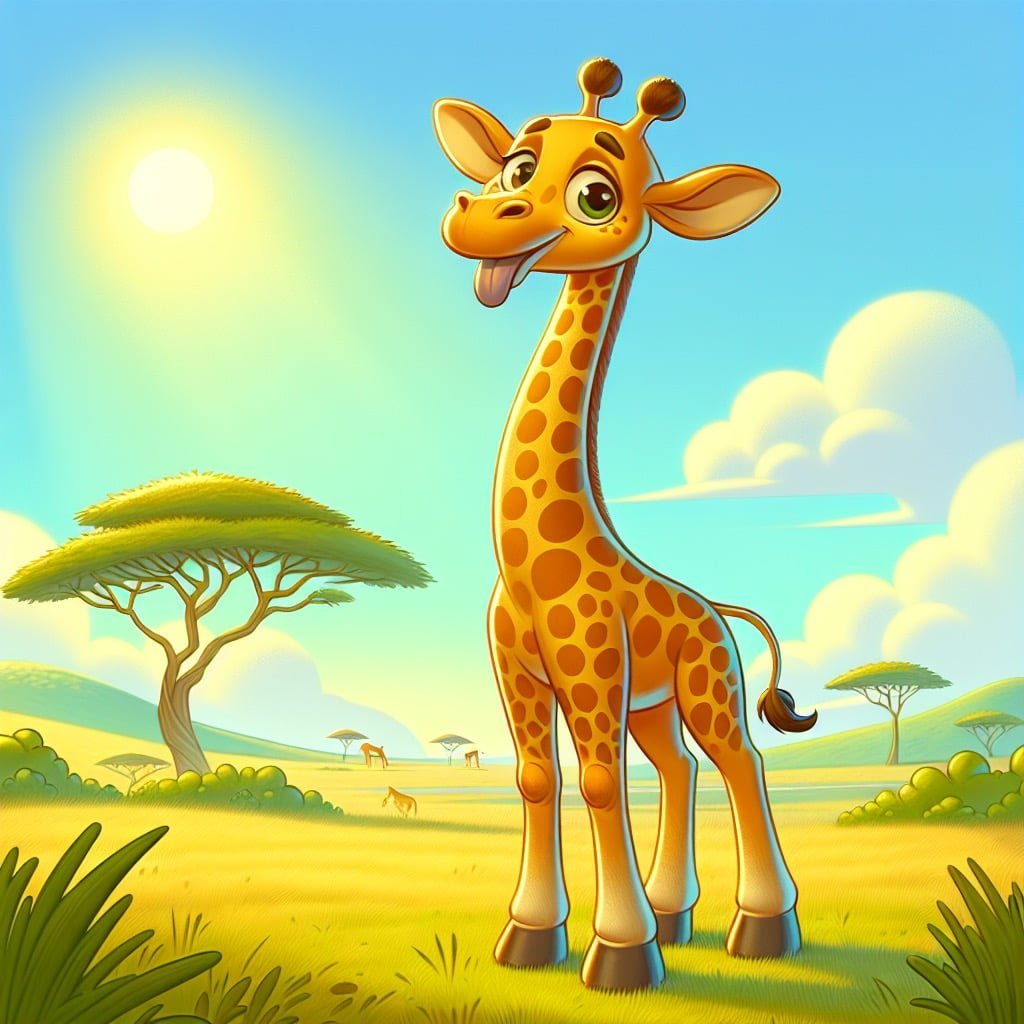
For younger kids: Giraffes use their tongues to reach their ears and keep them clean!
For older kids: Giraffes have long, flexible tongues that can reach up to 21 inches (53 cm) in length, which they use to clean their ears and remove any pesky insects.
Detailed explanation:Giraffes are fascinating creatures with many unique adaptations, one of which is their ability to clean their ears with their tongues. This may seem like a strange behavior, but it actually serves an important purpose in maintaining their hygiene and health.
Like other mammals, giraffes have a specialized ear structure that allows them to hear sounds in their environment. However, their long necks and tall stature make it difficult for them to reach their ears with their hooves or other body parts for cleaning. This is where their flexible and lengthy tongues come in handy.
Giraffes have tongues that can measure up to 18 inches in length, allowing them to easily reach their ears with precision. By licking their ears, giraffes can remove dirt, dust, and debris that may have accumulated inside. This helps prevent infections and other ear-related health issues that could be problematic for these animals in the wild.
In addition to cleaning their ears, giraffes also use their tongues to grasp and strip leaves from trees, as well as to groom themselves and their young. This versatile appendage plays a crucial role in their daily activities and survival in their natural habitat.
Overall, the ability of giraffes to clean their ears with their tongues is just one example of the many interesting Giraffe Facts For Kids that highlight the remarkable adaptations and behaviors of these majestic animals.
Giraffe Facts For Kids
3. A Giraffe’s Spots Are Like Human Fingerprints

For younger kids: No two giraffes have the same spots—they’re all unique!
For older kids: Just like how humans have different fingerprints, each giraffe has a unique pattern of spots on their coat, making them easily distinguishable from one another.
Detailed explanation:Giraffe Facts For Kids are always fascinating and one of the most interesting tidbits about giraffes is that their spots are like human fingerprints. Each giraffe has a unique pattern of spots on their skin, just like how each person has unique fingerprints. This fact is not only intriguing, but it also serves a practical purpose for giraffes in the wild.
Giraffe’s spots, also known as their coat pattern, play a crucial role in camouflaging them in their natural habitat. The patchy spots on their skin help break up their silhouette, making it harder for predators to spot them among the trees and bushes of the savannah. This adaptation is essential for their survival, as giraffes are vulnerable to predators such as lions and hyenas.
Additionally, the unique coat pattern of giraffes may also play a role in social interactions within their herds. By being able to visually distinguish between individuals based on their spots, giraffes can establish and maintain social hierarchies, recognize family members, and form bonds with specific individuals. This sense of individuality and recognition through their coat pattern is crucial for their social dynamics and behaviors.
Overall, the fact that a giraffe’s spots are like human fingerprints not only highlights the beauty and complexity of nature but also showcases the fascinating adaptations that animals have evolved for survival in their environments. Next time you see a giraffe at the zoo or on a safari, take a closer look at their spots and appreciate the unique beauty of each individual giraffe.
Giraffe Facts For Kids
4. Giraffes Only Sleep for 30 Minutes a Day

For younger kids: Giraffes don’t need much sleep—they are always on the move!
For older kids: Despite their enormous size, giraffes only need to sleep for short periods, averaging around 30 minutes a day by taking short naps standing up.
Detailed explanation:Giraffes are fascinating creatures, known for their towering height and long necks. One of the most interesting Giraffe Facts For Kids is that they only sleep for about 30 minutes a day. This may seem incredibly short compared to the average human’s recommended 8 hours of sleep, but for giraffes, this amount of rest is sufficient to keep them going.
One of the reasons why giraffes sleep so little is due to their need to remain alert for predators. Being such tall animals, they are vulnerable to attacks from lions and other predators. By sleeping for short periods throughout the day, giraffes are able to stay on high alert and quickly escape any potential danger.
Another reason for their minimal sleep time is their unique physiology. Giraffes have adapted to have a very efficient circulatory system, with a powerful heart that can pump blood up their long necks to reach their brains. This allows them to sleep standing up, with only short periods of deep sleep to rest their bodies.
Despite their short sleep time, giraffes are able to function normally and thrive in their natural habitats. Their brief periods of sleep are deep and restful, ensuring that they are able to maintain their strength and agility.
In conclusion, the fact that giraffes only sleep for 30 minutes a day is a testament to their remarkable adaptations and survival instincts. It is just one of the many fascinating aspects of these incredible animals that make them truly unique in the animal kingdom.
Giraffe Facts For Kids
5. Giraffes Have Blue Tongues

For younger kids: Giraffes have tongues that are the color of the sky!
For older kids: The blue coloration of a giraffe’s tongue serves as a natural sunblock to protect them from getting sunburned while they feed on thorny acacia leaves.
Detailed explanation:Giraffe Facts For Kids are always fascinating, and one interesting tidbit about these majestic creatures is that they have blue tongues. While many people may assume that a giraffe’s tongue is pink like that of a human, this is not the case. Giraffes actually have a bluish-black tongue, which serves several important purposes.
The blue color of a giraffe’s tongue is thought to be due to the high concentration of melanin in the tissues. Melanin is a pigment that gives skin, hair, and other tissues their color. In the case of giraffes, the melanin helps to protect their tongues from the harsh African sun. The darker coloration absorbs more sunlight, reducing the risk of sunburn and potentially harmful UV radiation.
Another function of the blue tongue is believed to be related to their diet. Giraffes primarily feed on thorny acacia trees, which have a natural defense mechanism in the form of sharp thorns. The blue coloration of the tongue may help to protect it from abrasions and injuries while stripping leaves from the branches.
Additionally, the color of the tongue may play a role in social interactions among giraffes. When a giraffe displays its tongue, the blue hue may serve as a visual signal to communicate dominance or submission within the herd.
Overall, the blue tongue of a giraffe is a fascinating adaptation that serves multiple purposes in their daily lives. This unique feature adds to the wonder and intrigue of these amazing animals, making them even more fascinating to learn about in Giraffe Facts For Kids.
Giraffe Facts For Kids
6. Giraffes Can Run as Fast as 35 mph

For younger kids: Giraffes are not just tall—they can run really fast too!
For older kids: Despite their long legs and sizable body, giraffes can reach speeds of up to 35 miles per hour (56 km/h) when they need to run, particularly when escaping from predators.
Detailed explanation:Giraffe Facts For Kids: One fascinating aspect about giraffes is their ability to run surprisingly fast despite their large size. They can reach speeds of up to 35 miles per hour, making them one of the fastest land animals. This impressive speed is essential for giraffes to escape from predators such as lions, which are their main threat in the wild.
The giraffe’s long legs and powerful muscles are what enable them to achieve such high speeds. Their long legs allow for a longer stride, covering more ground with each step. This, combined with their strong muscles, gives them the ability to run quickly when necessary. Additionally, their necks play a crucial role in maintaining balance and stability while running at high speeds.
It is also worth noting that giraffes have highly efficient cardiovascular systems, which is another factor that contributes to their running speed. Their hearts are specially adapted to pump blood all the way up their long necks to reach their brains. This efficient circulation ensures that oxygen is delivered to their muscles during intense physical activity, allowing them to sustain their fast pace.
In conclusion, the fact that giraffes can run as fast as 35 mph is a testament to their remarkable physical adaptations for survival in the wild. This information can be both educational and intriguing for kids who are curious about the natural world and the animals that inhabit it.
Giraffe Facts For Kids
7. A Giraffe’s Neck Has the Same Number of Bones as a Human’s Neck
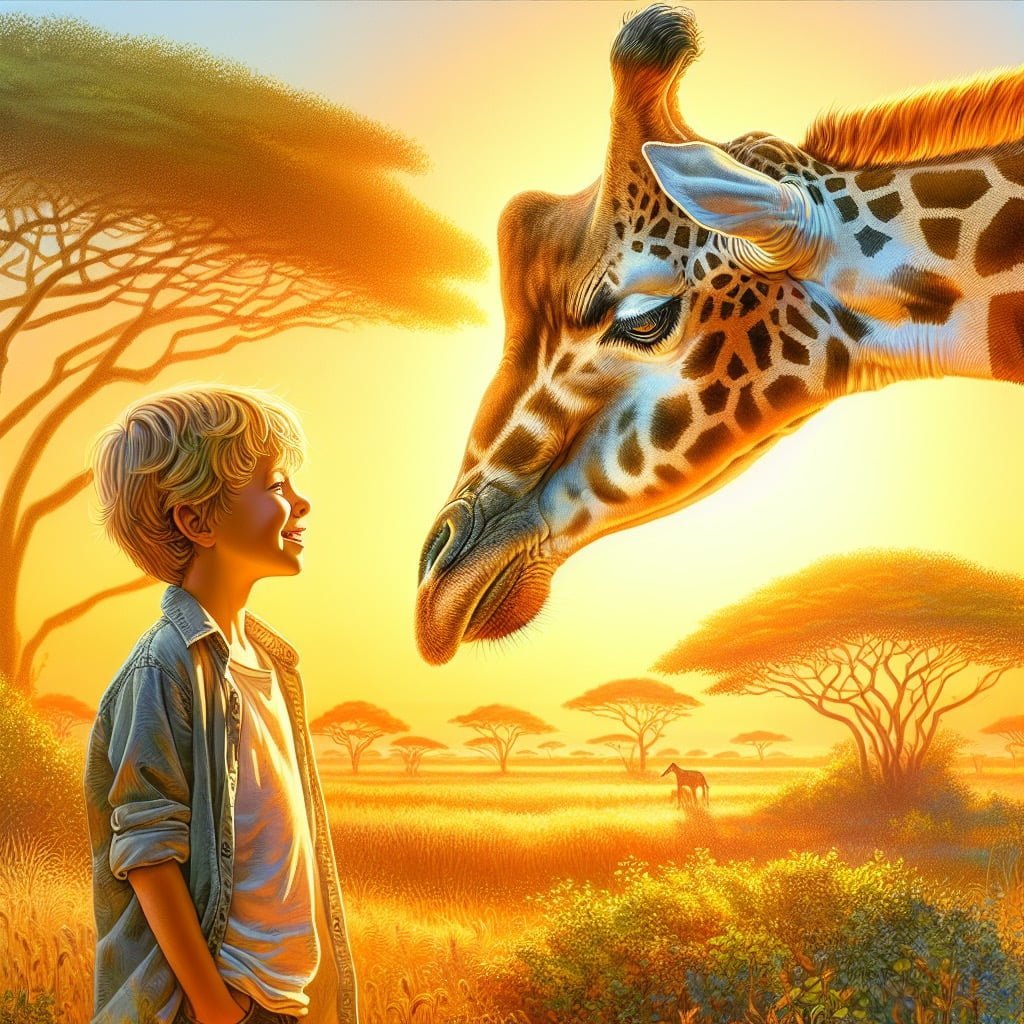
For younger kids: Giraffes have a neck with the same bones as our necks!
For older kids: Despite their long necks, a giraffe’s neck has the same number of vertebrae as a human’s—seven bones, but each one is much larger and stretches to about 6 feet (1.8 meters) long.
Detailed explanation:Giraffe Facts For Kids are always fascinating, and one interesting fact about giraffes is that their necks actually have the same number of bones as a human’s neck. Despite the fact that a giraffe’s neck can measure up to six feet in length and weigh over 600 pounds, it contains only seven vertebrae – the same number as found in the human neck.
The long neck of a giraffe serves several important purposes. It allows them to reach high branches for food that other animals cannot access, as well as providing a vantage point to spot predators from a distance. Additionally, the length of their neck also plays a key role in regulating their body temperature. The giraffe uses its neck to dissipate heat by increasing blood flow to the brain and away from the heart, helping them stay cool in the hot African savannah.
Despite the similarities in the number of bones, the individual vertebrae of a giraffe’s neck are much larger than those of a human, measuring up to ten inches in length. These large vertebrae are necessary to support the immense weight of the giraffe’s neck and head. Additionally, a giraffe’s neck muscles and tendons are also specially adapted to handle the strain of lifting and moving such a long and heavy neck.
In conclusion, the fact that a giraffe’s neck has the same number of bones as a human’s neck is just one of the many interesting Giraffe Facts For Kids that highlight the unique adaptations of this fascinating animal.
Giraffe Facts For Kids
8. Giraffes Can Go Without Water Longer Than Camels
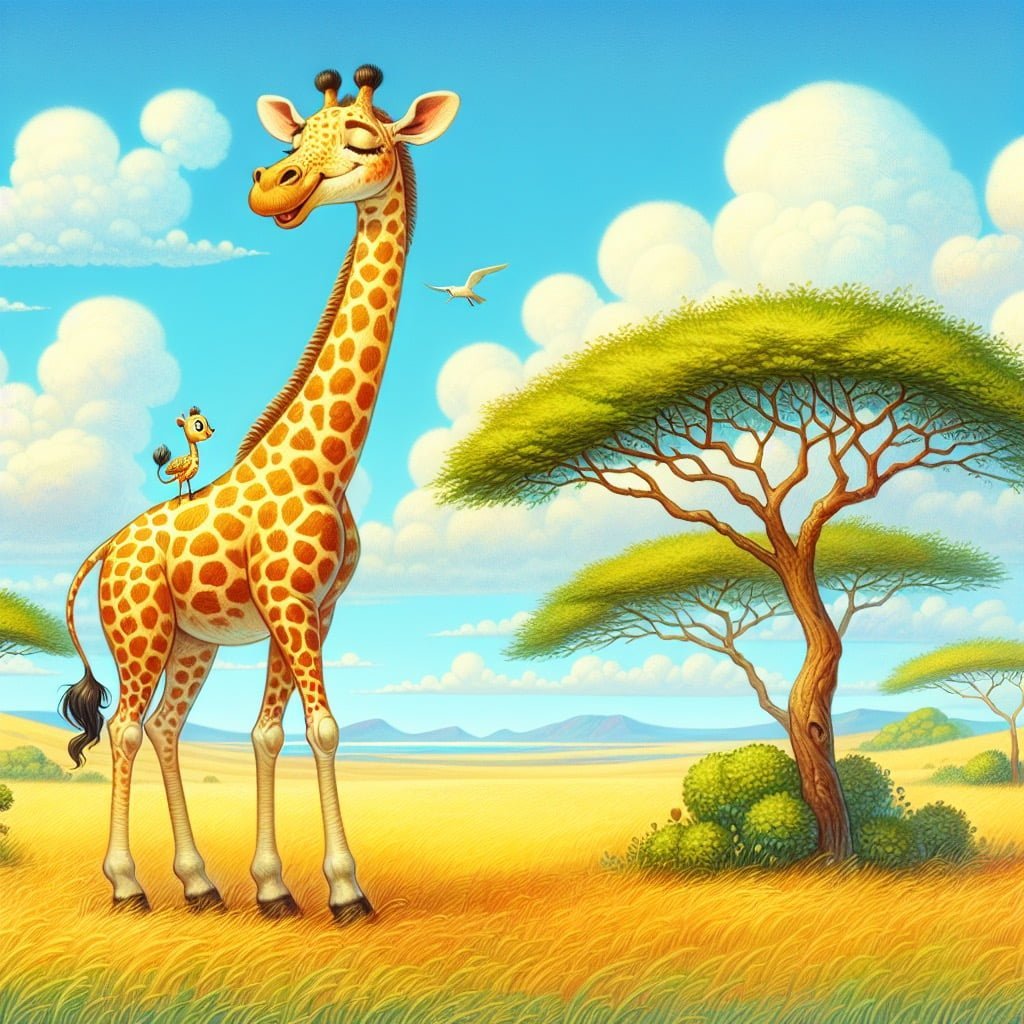
For younger kids: Giraffes can go a really long time without drinking water!
For older kids: Giraffes have an incredible ability to survive without water for extended periods, often going several days without a drink, making them one of the most water-efficient mammals.
Detailed explanation:Giraffe Facts For Kids are always fascinating, and one particularly surprising piece of information is that giraffes can actually go longer without water than camels can. While many people associate camels with going extended periods without water, giraffes are actually built to survive in their arid habitats for even longer stretches of time.
One of the main reasons behind this ability is the giraffe’s efficient digestive system. Giraffes have a specialized liver that is able to retain and recycle water in their bodies, allowing them to survive on very little water for extended periods of time. In addition, giraffes obtain a significant portion of their water intake from the leaves they eat, which are a good source of moisture.
Another factor that contributes to the giraffe’s ability to go without water for longer periods is their behavior. Giraffes are known to be selective feeders, choosing only the most nutritious leaves from trees. This allows them to maximize their water intake from the food they consume.
In contrast, camels are more commonly associated with desert environments and their ability to store water in their humps. However, camels still require more frequent access to water compared to giraffes.
Overall, the unique physiological adaptations and feeding habits of giraffes are what allow them to survive in arid environments for longer periods without needing to drink water. It truly is a fascinating aspect of Giraffe Facts For Kids to learn about and appreciate.
Giraffe Facts For Kids
9. Giraffes Have Four Stomachs
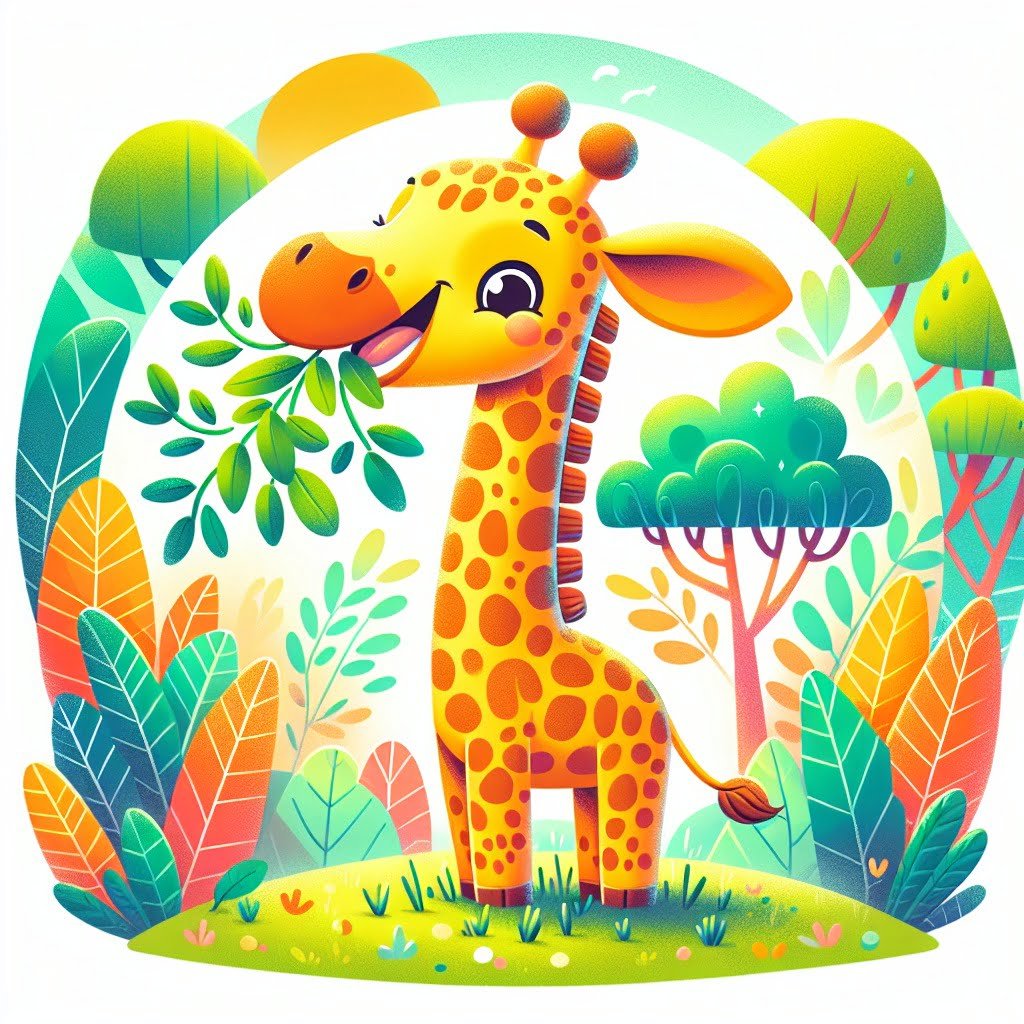
For younger kids: Giraffes have more than one stomach to help them eat lots of leaves!
For older kids: Similar to cows, giraffes have four stomach chambers that help them digest their tough diet of leaves from the acacia tree.
Detailed explanation:Giraffe Facts For Kids are fascinating, especially when it comes to their unique digestive system. One interesting fact about giraffes is that they have four stomachs, which is quite different from humans who only have one.
The reason behind this anatomical difference lies in the giraffe’s diet and eating habits. Giraffes are herbivores, meaning they primarily eat plants such as leaves, twigs, and fruits. In order to efficiently break down and digest their fibrous plant-based diet, giraffes have evolved to have a specialized digestive system.
The first stomach, known as the rumen, acts as a fermentation chamber where food is partially digested with the help of microorganisms. After this initial fermentation process, the food moves on to the other stomachs for further breakdown and absorption of nutrients. Each stomach serves a specific purpose in the digestion process, allowing giraffes to extract as much nutrition as possible from their food.
Having four stomachs also means that giraffes can eat large quantities of food in a short amount of time and then process it gradually throughout the day. This is beneficial for giraffes in the wild, where food sources can be scarce and they need to maximize their nutrient intake.
In conclusion, the fact that giraffes have four stomachs is a fascinating example of how their anatomy has evolved to suit their herbivorous diet. Giraffe Facts For Kids can be educational and captivating when exploring the intricacies of these majestic animals.
Giraffe Facts For Kids
10. Giraffes Can Communicate through Infrasound
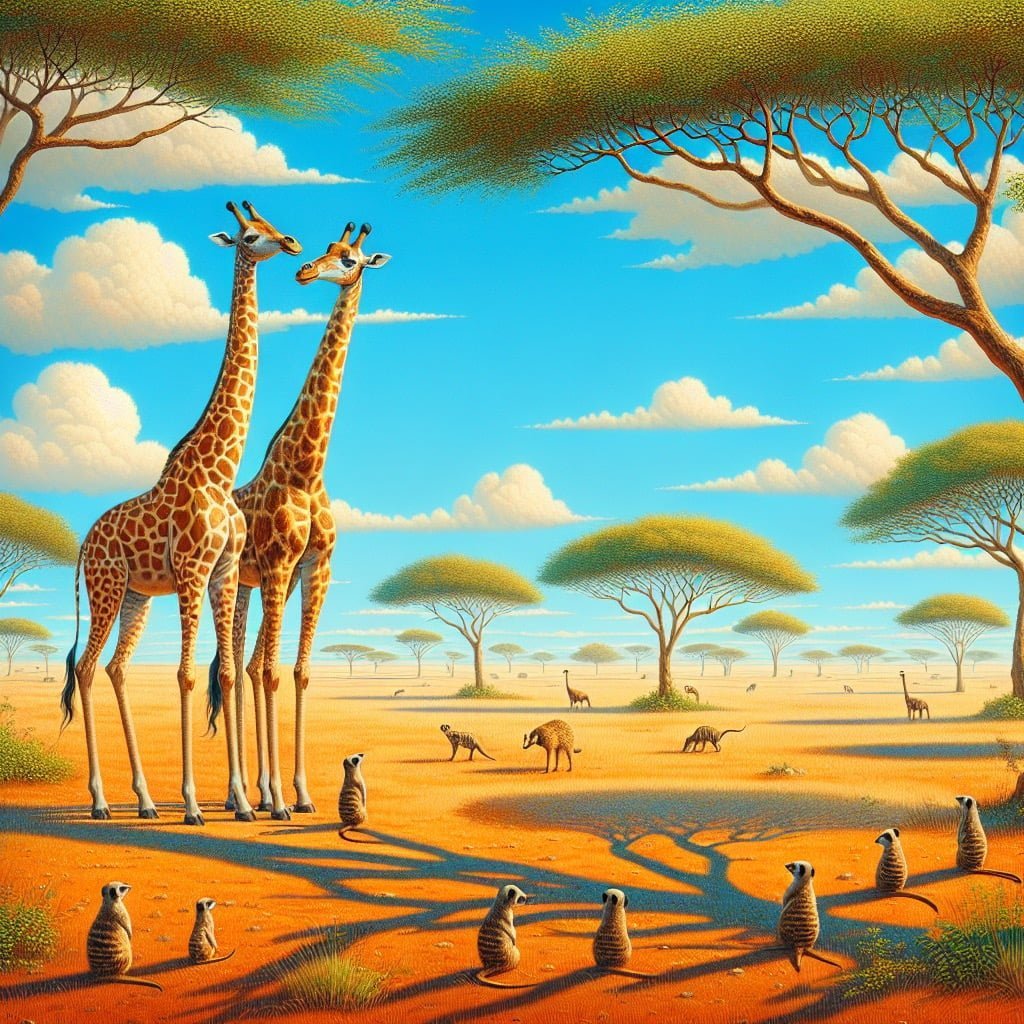
For younger kids: Giraffes can talk to each other in a way we can’t hear!
For older kids: Giraffes are known to produce low-frequency sounds called infrasound, which can travel over long distances and are used to communicate over vast savannas.
Detailed explanation:Giraffes are fascinating animals that are known for their long necks and towering height. But what many people may not know is that giraffes have a unique way of communicating with each other – through infrasound.
Infrasound is a type of sound that is too low for humans to hear, but giraffes are able to produce and detect these low-frequency vibrations. This allows them to communicate over long distances, as infrasound can travel much farther than sounds in the audible range.
Giraffes use infrasound to convey messages such as warning of danger, attracting mates, and maintaining social bonds within their herds. By producing these low-frequency sounds, giraffes are able to communicate with each other even when they are several kilometers apart.
Research has shown that giraffes produce infrasonic calls by exhaling air at a high velocity through their larynx, which then travels up their long necks and is emitted through their mouths. These calls can vary in frequency and duration, allowing giraffes to convey different types of messages to one another.
Overall, the ability of giraffes to communicate through infrasound is a fascinating aspect of their behavior and social dynamics. By relying on these low-frequency vibrations, giraffes are able to stay connected with their herd members and navigate their environment effectively. So, next time you see a giraffe at the zoo, remember that they are not only impressive in size but also in their unique communication abilities.
In conclusion, these Giraffe Facts For Kids show just how remarkable these animals truly are.
Did You Know?
Giraffes are social animals and live in loose groups led by an alpha male. They have a unique way of greeting each other by rubbing their necks against each other, known as “necking”.
Summary of Giraffe Facts For Kids
Join us on an incredible journey through the fascinating world of giraffes as we uncover fun and informative facts that will captivate kids of all ages. From their incredible height that allows them to tower over the African savannah, to their unique spotted coat patterns that help them blend in with their surroundings, giraffes are truly a marvel of nature.
As we delve deeper into the world of giraffes, children will learn about their impressive agility and grace as they move effortlessly across the landscape. They will also discover the intricate social structures of giraffe herds, and how these gentle giants communicate with each other through gestures and sounds.
But the most exciting part of all are the fun facts that make giraffes so lovable and intriguing. Did you know that giraffes only need a few minutes of sleep at a time, and that they often stand up while resting to keep an eye out for predators? Or that their long tongues are perfectly adapted for plucking leaves from thorny trees without getting scratched?
By learning more about giraffes, kids will gain a newfound appreciation for these majestic creatures and the important role they play in the ecosystem. So, grab your binoculars and get ready to be amazed at every turn as we explore the wonder and magic of giraffes together. Prepare to be inspired and entertained as we uncover the enchanting world of giraffes in a way that will leave kids eager to discover more about these incredible animals.
Sources and additional information for Giraffe Facts For Kids
WikipediaBritannicaSan Diego Zoo KidsThe Smithsonian InstitutionDK Find Out!Australian MuseumWorld Wildlife FundThe Nature ConservancyAnimal PlanetMonterey Bay AquariumPBS NatureSmithsonian’s National Zoo & Conservation Biology InstituteWorld Wildlife FundAnimal Diversity Web (University of Michigan)IUCN Red List of Threatened SpeciesThe Cornell Lab of Ornithology – All About BirdsNational Audubon SocietyEncyclopedia of LifeSeaWorld Parks & EntertainmentAustralian Museum – AnimalsEncyclopedia of Life



